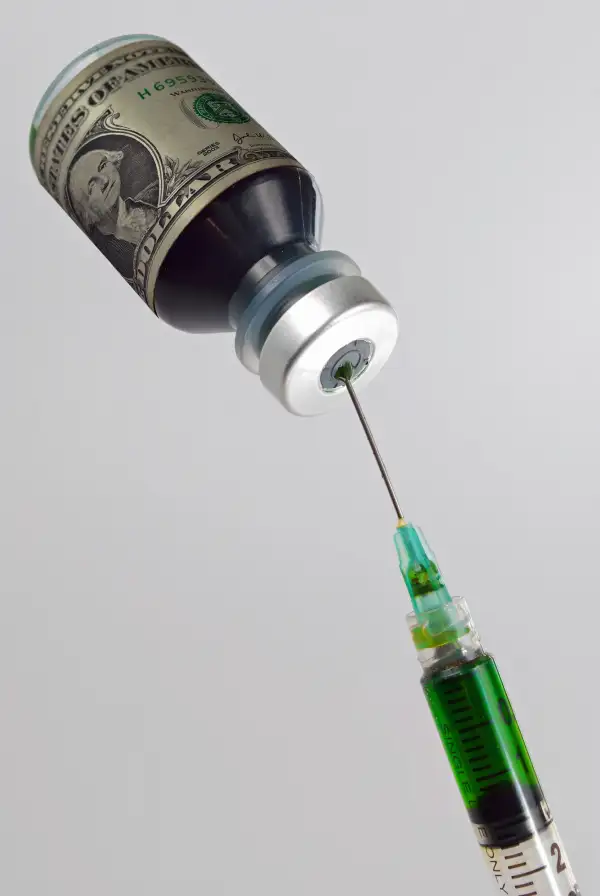The Good News and the Bad News About Health Care Costs

The latest study on health care premiums is a good news/bad news situation. The good news is that premium increases are slowing. The bad news is that you aren't seeing the savings.
Out-of-pocket health care costs—defined as premiums plus deductibles—now account for 9.6% of median income, up from 5.3% ten years ago, according to the latest report from the Commonwealth Fund, a non-profit health care research group.
That's partly because health care costs have been rising much faster than incomes. From 2010 to 2013, premiums increased "just" 4.1% a year. (That might sound like a lot, but it's an improvement from the 5.1% yearly rise between 2003 and 2010.) Meanwhile, from 2003 to 2013, median incomes rose only 1.2% a year on average.
And even as wages have stalled, employers have asked workers to shoulder more of their own health care costs. Deductibles for single coverage have more than doubled since 2003. Today, on average, Americans need to spend 3.8% of their income before health insurance kicks in. And as premiums have gotten 60% more expensive, employers have asked employees to cover an even bigger share of the total cost. You're paying more, in other words, but getting less.
Your move? Change the way you budget for health care. Here's how to keep your costs down in 2015.
1) Consider a high-deductible plan.
Sometimes, but not always, a high-deductible plan actually provides a better value than a plan with a lower deductible. While high-deductible plans make you pay more out-of-pocket, you should pay less out of your paycheck every month. According to the Kaiser Family Foundation, the average high-deductible plan for a single person has a $2,215 deductible and will cost you $905 in premiums. Compare that to the average single coverage PPO plan, which has a $843 deductible and will cost you $1,134 in premiums. If you rarely go to the doctor, you'll save more every pay period with the high-deductible plan.
Employers love this kind of plan because it's cheaper for them—remember, they're still paying the bulk of your premiums—so 76% of employers offer financial incentives to encourage you to switch.
Before you make the jump, compare the amount of money you would save from lower premiums to the amount of exposure you face because of the higher deductible. Here's how to decide which is right for you.
2) Use a health savings account.
About 70% of the Americans struggling with medical debt are actually insured, according to the Kaiser Family Foundation. How does that happen? Well, the Commonwealth Foundation found that the average deductible for single coverage is $1,273—and 62% of Americans don't have savings to cover a $1,000 emergency room visit, according to Bankrate.
That's why Americans with high deductibles need an emergency fund to cover unexpected medical costs. The best place for that special health-emergency fund is a health savings account (HSA), a tax-advantaged savings vehicle. You qualify for one if your deductible is at least $1,300 for an individual plan or $2,600 for a family plan. If your employer doesn't offer one, you can open it on your own. Try to save at least the amount of your deductible. Unlike the "use it or lose it" money in flexible spending accounts, HSA savings roll over year to year; and if you don't end up spending it on health care, you can use it for anything in retirement.
3) Check the price tags.
It's still way too difficult to figure out how much a given medical procedure will cost ahead of time. But insurers and employers are trying to make it easier to chose less expensive options when they are available and convenient. According to Mercer, 77% of large employers now offer a price transparency tool to help you look up doctors ahead of time to and compare typical costs and quality ratings.
Using it can help you save, especially on procedures like MRIs and CT scans. A study from the Journal of the American Medical Association found that consumers who used a pricing tool before choosing an advanced imaging service saved $124.74 on average.
